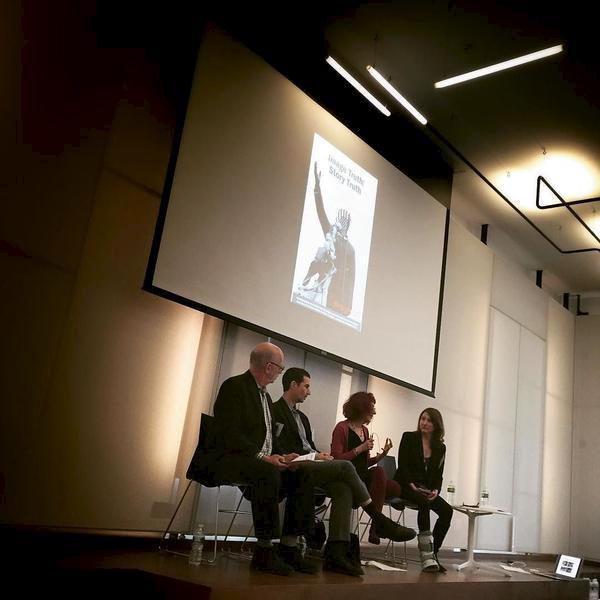By Nina Berman
When talking about photojournalism ethics the conversation tends to focus on the integrity of the digital image and the rules governing Photoshop manipulation. Photojournalists are prohibited from adding or deleting objects or people from their pictures, or combining two pictures together and passing it off as one moment. Those who break these conventions are dismissed from employment. The degree of acceptable toning and use of filters to enhance contrast and color varies widely by publication.
The Image Truth/Story Truth conference aimed to broaden the debate around ethics and direct it away from pixels and post processing, towards representation, context and commissioning.
Are photojournalists creating images that repeat certain visual tropes and perpetuate social stereotypes? Do contests such as World Press Photo and the Pulitzer Prize, reinforce those stereotypes by consistently awarding work that focuses on the dramatic individuation of suffering and the search for the iconic moment?
Is it time to dispense with the catchwords of yesterday that focus on humanizing subjects (as though they were ever less than human), or giving voice to the voiceless, language steeped in hierarchy and outdated notions of narrative privilege?
Given the complexity of contemporary conflict, should pictures do more than provoke emotional reactions? Is it enough to simply wait for disasters to happen and then make gorgeous images of those disasters, as one panelist asked? Can a deeper form of documentation and witnessing take place that looks less to the dramatic moment, and more to causes and context? Can new technologies help or distract? Is a new visual language required?
And finally, what is the purpose of photojournalism? Is it to record? Or to advocate? Is it illustrative or investigative? Detached or collaborative? Can work produced within a corporate commercial context be anything but conformist? Is work commissioned by NGOs more true or just a different kind of sell?
Image Truth/Story Truth – an intentionally ambitious title – predictably presented no conclusions. Rather, the purpose was to put highly accomplished people together who don’t normally converse, industry leaders with academics, curators and critics, and see what develops.

